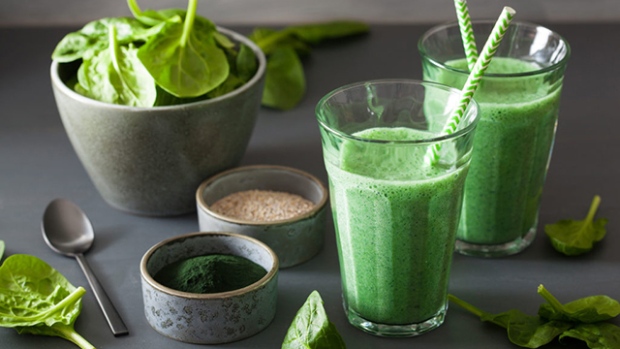This article was originally written by Chris Albrecht and published in The Spoon, a US-based news page that covers trends and technologies in the food space. Read the original article here.
Most people probably don’t think anything good could come from thick clouds of toxic fumes spewing out from industrial smokestacks. But where most of us just see pollution, Pond Tech sees a potential goldmine — or at least a green one.
Based in Toronto, Canada, Pond has developed a technology that harnesses the gasses emitted from industrial smokestacks and uses them to fuel the rapid growth of algae. These algae is then used in food coloring, health supplements and protein in animal feed.
Pond does this by literally plugging a pipe into a smokestack and siphoning off some of the gasses. After the particulates and heavy metals are filtered out, the carbon dioxide and nitrogen oxides are pumped into large bioreactor tanks that contain algae. These fumes are fuel for the algae and while in the bioreactor, a proprietary system of lighting and controls helps spur and optimize the algae growth.
Phil Garber, Marketing Manager with Pond, told me in an interview that it takes a week to get target algae density, but once that is hit, the company can continuously harvest up to a ton or two of algae per day.
These algae can then be used to make products like Phycocyanin, a natural food colorant (fun fact: it’s used to make blue M&Ms!) and Astaxanthin, an antioxidant health supplement. While food coloring and animal feed are more of a B2B play, when it comes to making consumer health supplements, Pond runs into an optics issue. While the company can make Astaxanthin and Spirulina from smokestack gasses, most health-conscious people understandably don’t want their supplements associated with industrial fumes.
To get around that particularly toxic issue, Pond acquired the Canadian Regenurex brand of Astaxanthin last year. The supplement can still be made using Pond’s proprietary lighting and sensor technology, but instead of a smokestack, the company uses beverage-grade CO2 bottles as the source of growth fuel.
The algae business is definitely in bloom, as it were. The easily grown green stuff is being used to enrich falafel, New Wave is making “shrimp” out of it, and you can even grow your own algae-based Spirulina at home with the Spirugrow.
Garber said that Pond is looking into other algae applications such as packaging products, printer inks, and biofuels, but that the company is more focused on the higher value food coloring, supplement, and animal feed businesses.
Pond was founded in 2008 and went public in 2018. It has completed one pilot program with a cement plant and is currently building out its first commercial plants, with plans to build out more.

